Description
The Goji Berry, a plant steeped in centuries of tradition, has journeyed from the rugged valleys of the Himalayas to find a welcoming home in Australian gardens. This resilient shrub thrives in our diverse climates, from the dry heat of the Outback to the temperate coasts.
Prized as a nutritional powerhouse, goji berries have long been celebrated in herbal medicine and cuisine. Their berries pack a punch of antioxidants, vitamins A and C, and essential amino acids, making them a worthy addition to morning smoothies, teas, or simply enjoyed dried as a snack.
Beyond it’s health credentials, the plant is a visual delight. Mature shrubs develop graceful, arching stems adorned with delicate purple blossoms in spring, followed by clusters of berries that ripen to a jewel-like brilliance by late summer.
Once established, goji berries exhibit remarkable drought tolerance, shrugging off the harsh sun and poor soils that challenge lesser plants. They’re unfussy about soil type, thriving in everything from sandy substrates to heavier loams, provided drainage is adequate. Their perennial nature means a single planting yields harvests for years, requiring little beyond occasional pruning to maintain shape.
They attract pollinators with their blooms, support garden biodiversity, and serve as a low-maintenance hedge or ornamental feature.
Find your Climate Zone
Climate & Sowing Timing
Goji berries thrive in most Australian climates but adjust sowing based on your region:
- Cool Mountain: Sow Oct – Dec.
- Arid: Sow Aug – Feb.
- Temperate: Sow Jan – Feb or Sept – Dec.
- Subtropical (e.g., QLD): Sow Jan–Mar or Sept–Dec.
- Tropical: Sow Feb – Sept.
Start seeds indoors 6–8 weeks before the last frost in cooler zones for stronger seedlings.
Seed Preparation & Sowing
Pretreatment:
- Soak seeds for 24 hours to enhance germination (optional but recommended) .
Sowing Depth:
- 8mm in seed trays or directly into the garden.
Soil:
- Use a sterile seed raising mix or well-draining soil with pH 6.8–8.1.
- Avoid heavy fertilisers; gojis prefer slightly alkaline, nutrient poor soils.
Germination:
- 14–28 days at 20–25°C.
- Keep soil moist but not waterlogged.
Tips for Success:
- Transplant seedlings outdoors once they reach 5–10cm tall and frost risk has passed.
- Space plants 2m apart to accommodate their sprawling growth.
Growing Conditions
Sunlight:
- Full sun, minimum 6 hours daily.
- Afternoon shade is beneficial in hot climates.
Watering:
- Water deeply when soil is dry 5cm below the surface.
- Avoid overwatering to prevent root rot.
Fertiliser:
- Not required for mature plants.
- Young seedlings benefit from a balanced feed spring.
Pruning:
- Trim dead wood in late autumn or spring.
- Cut back tips in spring to encourage lateral branching and higher yields.
Harvesting
Timing:
- First harvest in 2–3 years.
- Berries ripen 90 – 110 days after flowering.
- Peak production at 3–5 years.
Method:
- Harvest deep red berries by gently shaking branches over a sheet.
- Dry in the sun or a dehydrator for storage.
Companion Planting Guide
Good Companions:
- Shrubs: Lavender, rosemary, thyme – drought tolerant, repel pests.
- Perennials: Ajuga, creeping Jenny – shallow rooted ground covers.
- Annuals: Nasturtiums, calendula – attract pollinators, suppress weeds.
Avoid Planting With:
- Nightshades (tomatoes, peppers): Shared pests/diseases.
- Brassicas (cabbage, kale): Chemical incompatibility.
Pest & Disease Management
Common Issues:
- Blossom end rot: Caused by calcium deficiency; maintain consistent watering.
- Powdery mildew: Improve airflow and avoid wetting leaves.
- Spider mites: Treat with Eco Oil or wettable sulphur.
- Wildlife Protection: Use netting to deter birds and possums.
Container Growing
Pot Size:
- Minimum 40L with drainage holes.
Soil Mix:
- Combine topsoil with perlite/sand for drainage.
- Water daily in summer.
Companions in Pots:
- Plant shallow rooted annuals such as sweet alyssum at the base.
Key Takeaways
- Goji berries are low maintenance once established but require patience for fruiting.
- Prioritise well-draining soil, full sun, and strategic pruning.
- Companion planting enhances growth and reduces pest pressure.

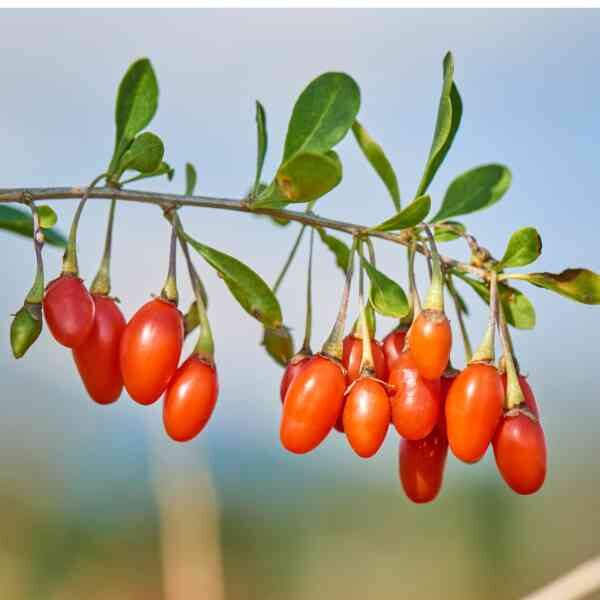



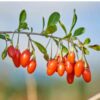



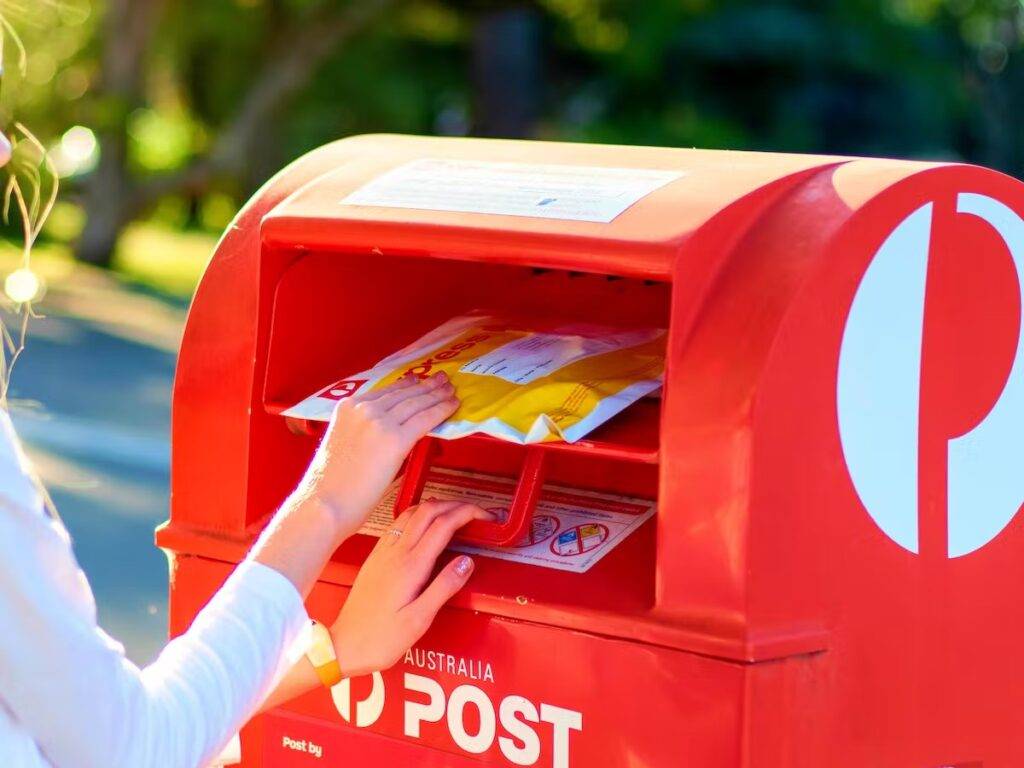
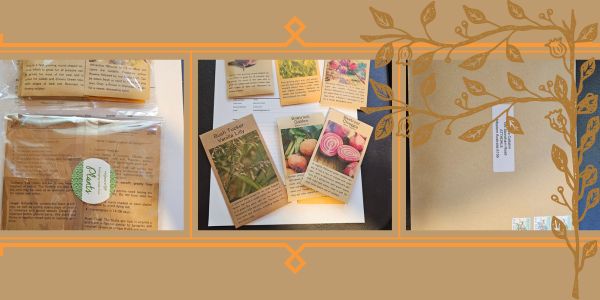
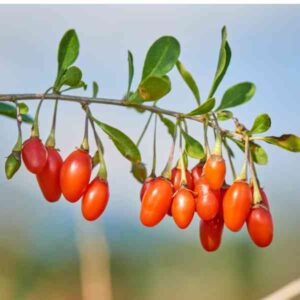
Reviews
There are no reviews yet